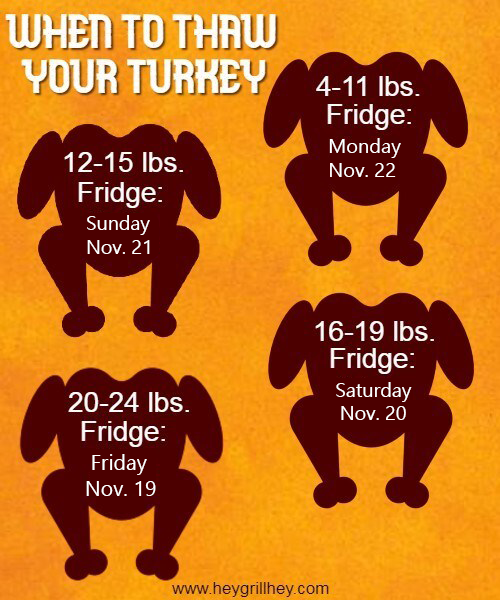CORPUS CHRISTI, Texas — The holiday season is here, and food is on everyone’s mind. As families and friends gather to share meals, it’s important to remember the fundamentals of food safety so that everyone can enjoy their holidays without the presence of foodborne illness.
The U.S. Department of Agriculture is providing a few tips to make sure your holiday feasts run smoothly.
Wash your hands, clean and sanitize
It may sound like a given, but washing your hands constantly and thoroughly can help prevent foodborne illness by reducing the spread of germs. Cleaning and sanitizing surfaces that will touch food such as tabletops, kitchen counters, stoves and sinks is also a good preventative.
Avoid cross-contamination
The USDA says in a recent study, they found that 60 percent of kitchen sinks were contaminated with germs after poultry was washed or rinsed. They advise against this, but if you do, make sure to thoroughly clean and sanitize the sink and any other surface that may have touched the poultry. You can use soap and hot water, and then a sanitizing solution of your choice, or a homemade option made from one tablespoon of unscented liquid chlorine bleach in one gallon of water. Additionally, the USDA advises using separate cutting boards; one for meat and one for fruits and vegetables.
Turkey safety: thawing, stuffing and cooking
The USDA says the safest way to thaw a turkey is in the refrigerator. The turkey will need about 24 hours to thaw for every four to five pounds of turkey, and afterward, the turkey will be safe in the refrigerator for one to two days.

If you are going to thaw your turkey in cold water or the microwave, it must be cooked immediately after thawing. While it is safe to cook a turkey frozen, it will take 50 percent longer. Also, the USDA says to never leave a raw turkey out at room temperature for more than two hours.
While the federal agency doesn’t recommend stuffing your turkey due to possible bacteria growth if not prepared properly, if you do, make sure to stuff the turkey loosely (about ¾ stuffing per pound), separate the wet and dry ingredients and refrigerate until needed, set the oven no lower than 325 degrees Fahrenheit, and place a thermometer in the center of the stuffing when done to make sure the internal temperature is at 165 F.
Also don’t forget to read the temperatures for these three spots on the turkey to make sure it’s completely done: the thickest part of the breast, the innermost part of the wing and the innermost part of the thigh. They should all read 165 F.
Leftovers
All leftovers must be refrigerated within two hours. After two hours, food will enter the ‘Danger Zone’ (between 40 F and 140 F) and bacteria has the opportunity to multiply rapidly and make you sick. Leftovers should be placed in shallow containers, and can be stored in the refrigerator for up to four days. If frozen, leftovers can last from two to six months.
For more information, you can call the USDA Meat and Poultry Hotline at 1-888-674-6854, email MPHotline@usda.gov or chat live at ask.usda.gov from 9 a.m. to 5 p.m. Monday through Friday.
On Thanksgiving Day, the Meat and Poultry Hotline will be open from 7 a.m.-1 p.m.
Have a Happy Thanksgiving!


